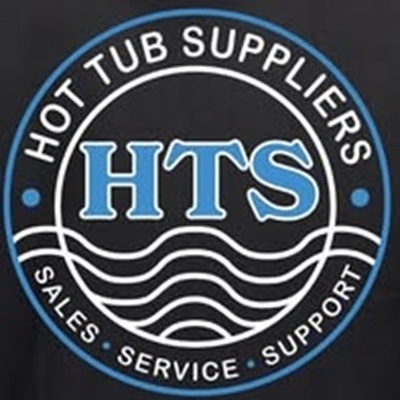-
 Encontrar enMiembros
Encontrar enMiembros Encontrar enVideos
Encontrar enVideos Encontrar enCanales
Encontrar enCanales
This website uses cookies to ensure you get the best experience on our website.
To learn more about our privacy policy haga clic aquíPreferencia de privacidad
- Etiquetas - #hot tub chlorinator #automatic chemical feeder #hot tub chlorine dispenser
-
- Última actualización 2 de may. 0 comentarios, 70 vistas, 0 likes
- Leicester, UK - Obtener las direcciones
More from Hot Tub
More in Politics
Related Blogs
Can You Overdose Chemicals with a Feeder? Safety Tips and Myths Explained
Cuerpo
Chemical feeders are widely used in pools, spas, and various water treatment systems to maintain proper chemical balance. But one of the most common concerns among users is: Can you overdose chemicals with a feeder? The short answer is yes—but only if it's not used properly. Let’s explore how feeders work, the risks involved, common myths, and key safety tips to avoid mishaps.
Understanding Chemical Feeders
Chemical feeders are devices designed to automatically dispense precise amounts of chemicals into water systems over time. They are commonly used to release chlorine, bromine, or other sanitizers. When functioning correctly and calibrated properly, feeders help maintain safe chemical levels without constant manual intervention.
Can You Overdose?
Yes, overdosing can occur if:
-
The feeder is set too high.
-
Incorrect chemical concentrations are used.
-
There's a malfunction or clog causing inconsistent flow.
-
The feeder continues running when water flow is off, causing a buildup of chemicals.
Overdosing can lead to high levels of chlorine or other sanitizers, which may cause skin irritation, eye discomfort, equipment corrosion, or even respiratory issues if fumes build up in enclosed areas.
Common Myths
Myth #1: Feeders prevent overdosing automatically.
Not entirely true. While feeders regulate flow, they require correct settings and regular checks. Over-relying on automation can lead to neglect.
Myth #2: More chemicals mean cleaner water.
Excess chemicals don't equal better sanitation. In fact, they can harm your system and swimmers more than help.
Myth #3: All feeders are the same.
Different feeders are designed for different chemicals and applications. Using the wrong type can lead to inaccurate dosing and safety hazards.
Safety Tips to Avoid Overdosing
-
Read the Manufacturer’s Instructions
Always follow the setup and maintenance guidelines provided by the manufacturer for your specific feeder model. -
Use Proper Chemical Concentrations
Dilute chemicals as directed and never mix incompatible substances. -
Monitor Regularly
Test water chemistry frequently to ensure safe levels, even with a feeder in use. -
Inspect and Clean Feeder Often
Clogs, buildup, or faulty valves can throw off dosing accuracy. -
Shut Off When Not in Use
If your system isn’t circulating water, turn off the feeder to prevent chemical buildup in the chamber.
Conclusion
While chemical feeders are valuable tools for maintaining water quality, they are not foolproof. Overdosing is a real risk without proper setup and ongoing monitoring. By understanding how feeders work and practicing smart safety habits, you can enjoy cleaner, safer water without the guesswork.
Fotos
Mapa
-
Ubicaciones en MyWorldGo
Información sobre la ubicación
- Ubicación: Leicester, UK - Obtener las direcciones
- Dirección formateada: Leicester, UK
- Dirección: Leicester,Leicester
- Ciudad: Leicester
- Estado: England
- País: United Kingdom











Comentarios